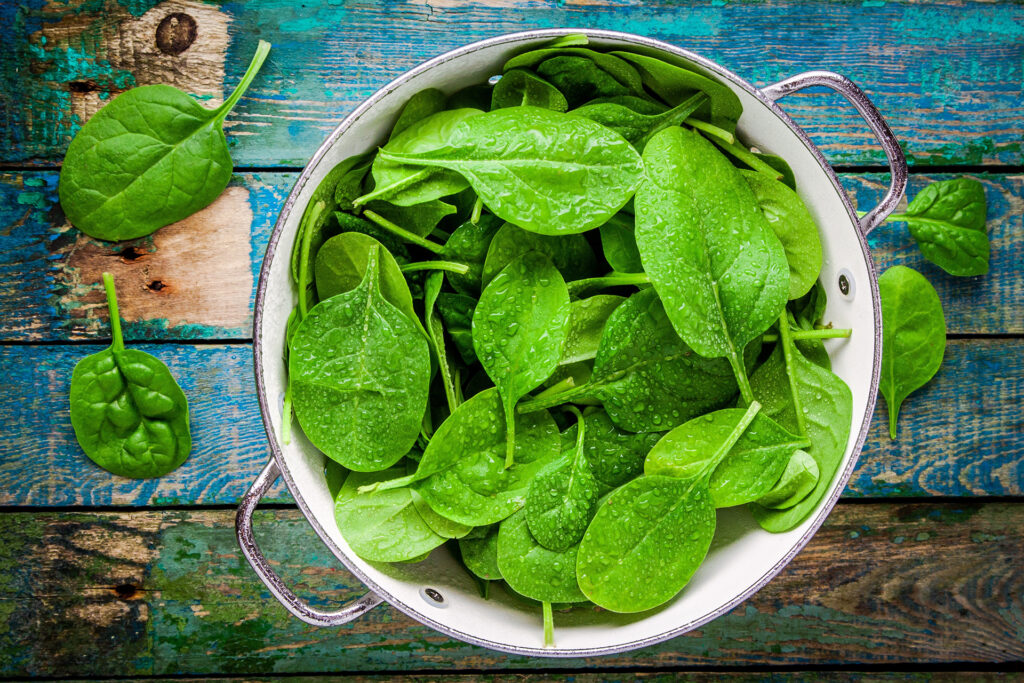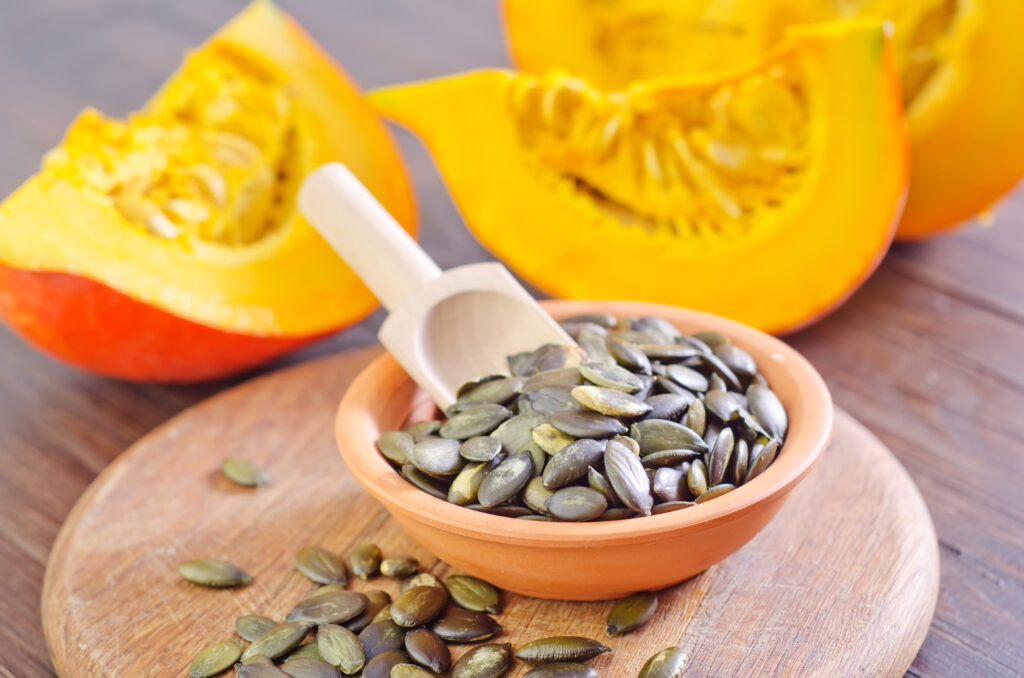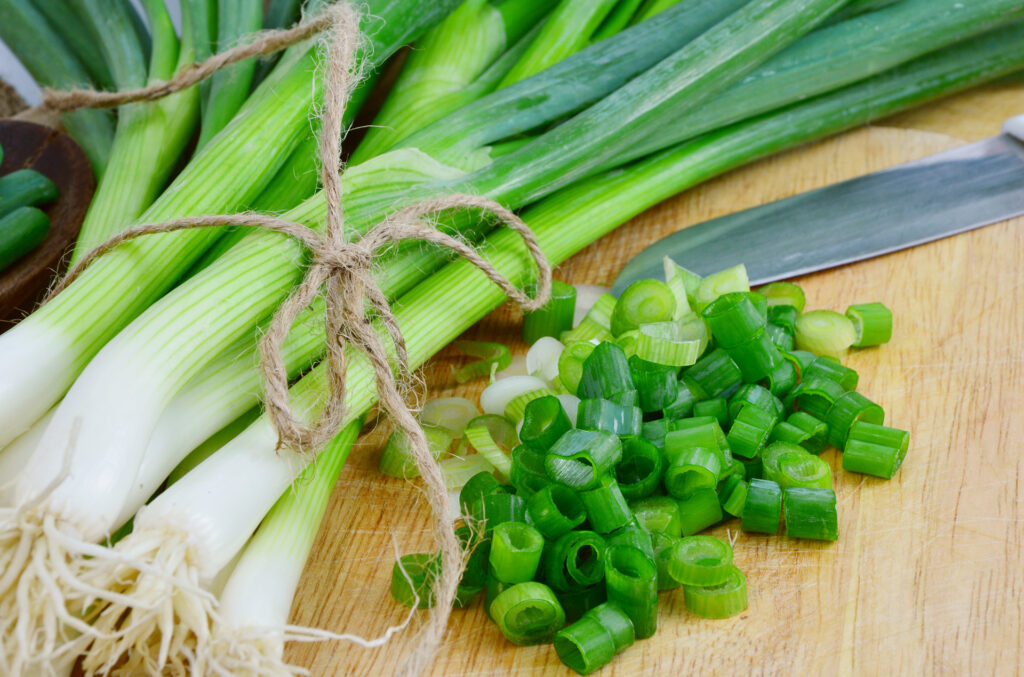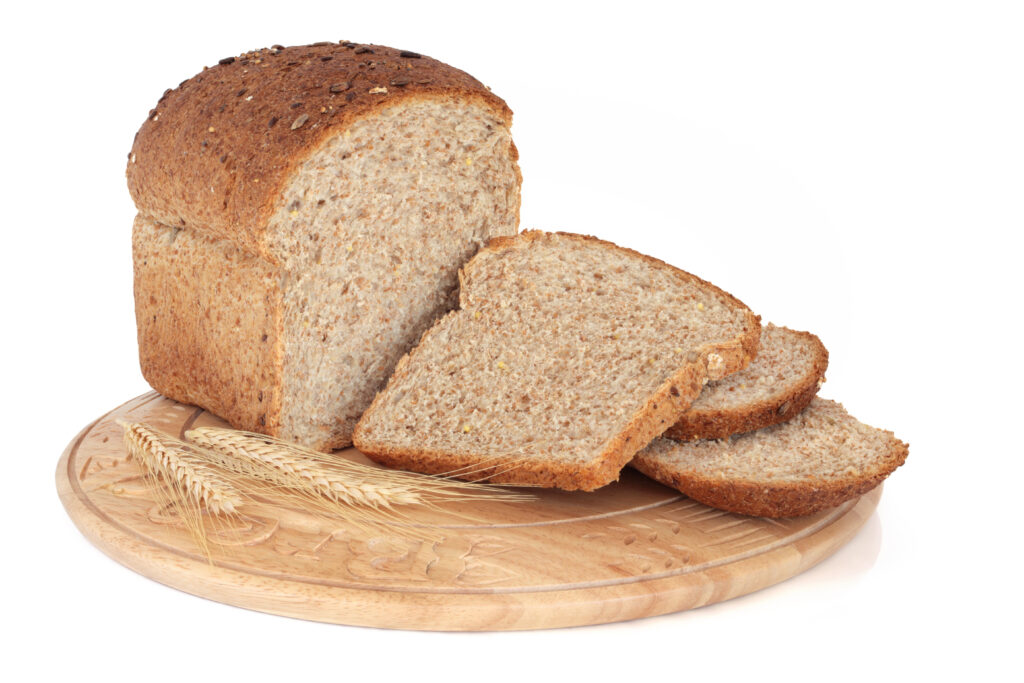5 Superfoods For Good Heart Health
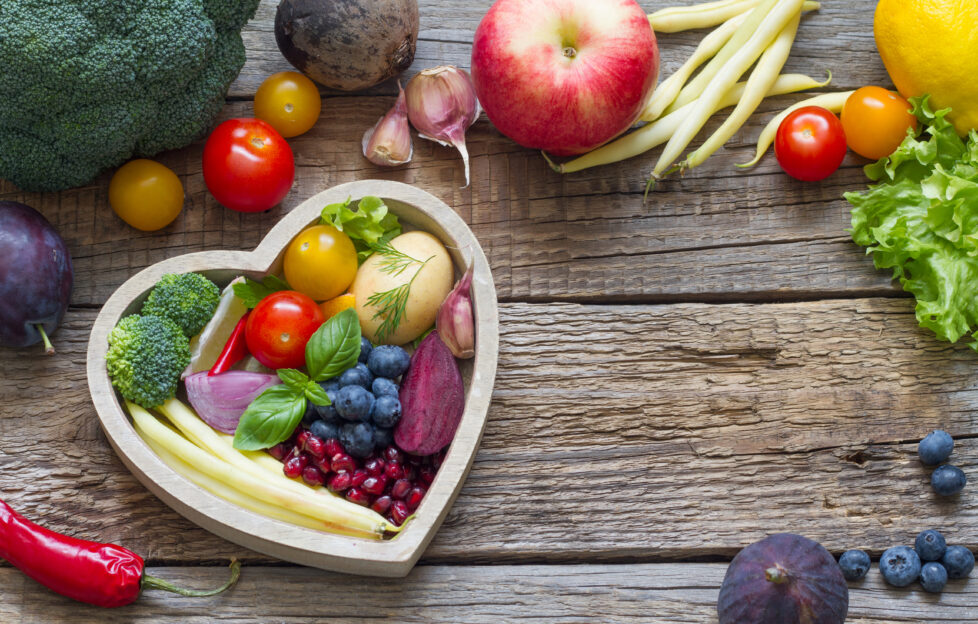
By Nutrition Therapist Ian Marber, www.discovergreatveg.co.uk
We all know it’s important to take good care of your heart, but did you realise that as well as making sure you’re getting enough exercise and managing your weight, certain foods and nutrients can help protect your cardiovascular health too?
For National Heart Month and beyond, Nutrition Therapist Ian Marber has shared his top five foods to eat for good heart health, along with information on the vitamins, minerals and compounds found in each and the benefits these can offer for cardiovascular health.
So, why not take a read of Ian’s suggestions and discover the heart health benefits of some of your favourite foods and others you might like to try?
Spinach
Whether you enjoy spinach leaves as they are in a salad, stirred into a soup just before serving or prefer them steamed or added to a stir-fry, this versatile British-grown vegetable has a lot to offer for maintaining a healthy heart and cardiovascular system. Cooked spinach is a rich source of magnesium, a mineral that helps the heart muscle beat normally, as well as B6 for blood cell production.
Spinach is also high in potassium, an important nutrient for maintaining normal blood pressure, which itself is a major risk factor in the incidence of heart attacks and strokes. Potassium is found in all fruits and vegetables, although spinach is especially rich as a generous portion of cooked spinach provides almost 20% of your daily needs.
ALA
Omega 3 fats have more than one role in promoting cardiovascular health, including contributing to normal cholesterol levels and blood pressure. Omega 3 fats are most often associated with oily fish, and so the general advice is to have at least one portion a week.
In essence there are different three types of omega 3 fats, one of which is called alpha-linolenic acid, or ALA, and is found in a few foods including some nuts, seeds and green vegetables, making them ideal for anyone following a plant based diet. Try a portion each of cooked spinach and kale, topped with crushed walnuts or toasted pumpkin seeds for a simple way to benefit from the good omega 3 fats.
Five a Day
Eating plenty of fruits and vegetables is the cornerstone of a healthy diet, and we always hear about having at least five portions a day. But how much is a portion? An apple or a banana counts, as does seven strawberries, a couple of kiwi fruit and a generous slice of melon. For vegetables, half a stalk of leeks or four heaped tablespoons of spinach or kale will do, as will three of cauliflower, chickpeas or baked beans. Having at least five portions a day provides a wide range of nutrients that support every part of the body, including a healthy heart, strong bones and a robust immune system. Five or more portions also goes a long way to the getting the 30g of fibre we need in a day, which can help reduce the risk of heart disease, stroke, type 2 diabetes and bowel cancer.
Allium
Whilst allium is the Latin word for garlic, other vegetables are also part of the same family, including onions, shallots and leeks. Allium has several benefits for a healthy heart as it can play a role in maintaining normal blood pressure, keeping cholesterol levels in check. Leeks have a softer, gentler flavour than garlic and are easy to use – try traditional Leek and Potato soup for a warming winter soup, or Leek and Spelt risotto for a filling plant-based meal.
Fibre
If one had to pick the most important element of a heart-healthy diet, it would probably be fibre that is the unsung hero. Fibre can help reduce the cholesterol in the blood by binding to any excess that’s lurking in the gut and can also help keep glucose levels stable, which in turn can help reduce blood lipids. Fibre can also promote a feeling of fullness that makes it easier to manage our appetite.
Fibre is found in so many foods including wholegrains, legumes, vegetables, and whole fruits. Most of us get around 18g a day, but we should be getting closer to 30g. However, that’s easier than you might think. After all, a 40g serving of wholegrain cereal contains around 5g of fibre, a small baked potato with the skin has 3g and a slice of granary bread delivers a shade under 2g. A mid afternoon snack of a palmful of almonds and an apple will give you 6.5g whilst a corn on the cob has 2g.
For great heart healthy recipes . . .


